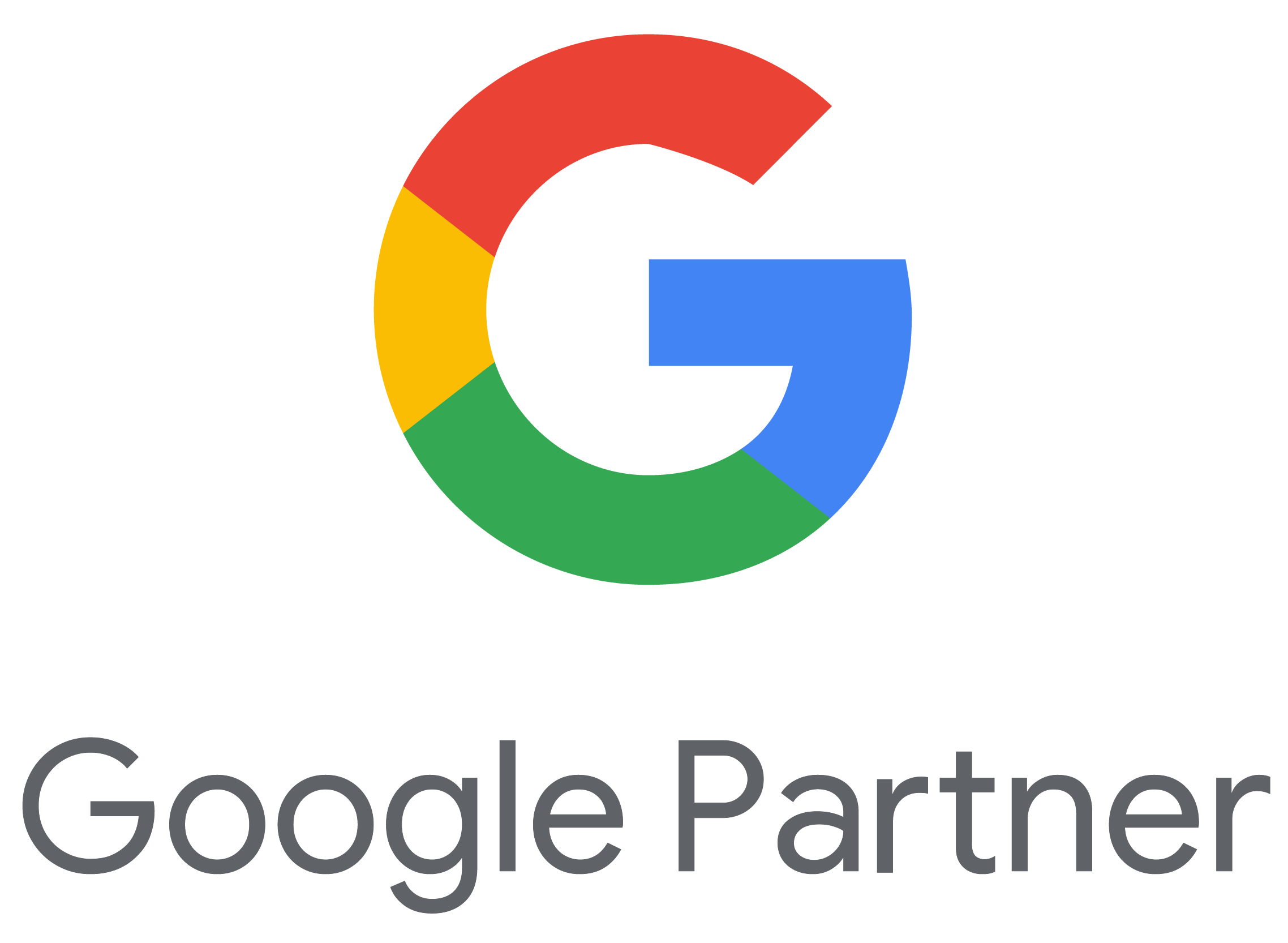How to Conduct an SEO Audit for Your University Website: A Comprehensive Guide

Conducting regular SEO audits is essential for university websites to stay visible in search results and attract prospective students, faculty, and partners.
Unlike general websites, university sites face unique challenges like complex structures, multiple departments, and strict accessibility standards.
This guide walks university marketing teams, webmasters, and digital staff through a clear, step-by-step SEO audit process tailored specifically for higher education.
You’ll learn how to identify SEO issues, optimize technical and content elements, and improve your site’s overall search performance.
Understanding SEO Audits for Universities
What is an SEO Audit?
An SEO audit is a comprehensive review of your website’s health and performance in search engines. It identifies issues that may be holding back your site’s visibility and provides recommendations to improve rankings and user experience.
For universities, SEO audits must address complex site structures, diverse content types, and strict standards, making them more detailed than audits for typical websites.
Why University Websites Need Regular SEO Audits
- Complex Site Architecture: University websites often have multiple departments, programs, research centers, and news sections that need proper organization.
- Audience Diversity: Prospective students, faculty, alumni, and partners all use the site differently, requiring tailored SEO strategies.
- Compliance and Accessibility: Universities must meet accessibility laws (like ADA) while optimizing for search engines.
- Visibility Impact: Regular audits help improve rankings for key searches like programs, admissions, and campus info.
Preparing for Your SEO Audit
Assembling Your SEO Audit Team
- Include key stakeholders: marketing, web developers, content managers, and SEO specialists.
- Foster collaboration between technical and content teams to cover all audit aspects.
Defining Audit Goals and KPIs
- Set clear goals aligned with university priorities like boosting organic traffic, improving program page rankings, or increasing application form submissions.
- Identify measurable KPIs such as keyword rankings, bounce rates, and conversion rates.
Essential Tools for Conducting University SEO Audits
- Technical SEO: Google Search Console, Screaming Frog, Ahrefs, SEMrush for crawling, backlink analysis, and site health.
- Content & UX: Google Analytics for user behavior, Hotjar for heatmaps, accessibility checkers (WAVE, Axe).
- Example: Setting up Google Search Console properly to monitor your university’s subdomains and core web vitals.
Step 1 – Technical SEO Audit
Crawling and Indexing
- Check for crawl errors and broken links using tools like Screaming Frog and Google Search Console.
- Validate your XML sitemap to ensure all important pages are included.
- Review robots.txt to avoid accidentally blocking essential university pages.
- Tutorial: Use Screaming Frog to identify crawl errors and missing pages.
Site Architecture and URL Structure
- Analyze the site’s hierarchy, ensuring clear paths from homepage to departments, programs, and resources.
- Use clean, descriptive URLs that include relevant keywords, e.g., /programs/computer-science.
- Example: A well-structured URL from a top-ranking university that improves user navigation and SEO.
Mobile-Friendliness and Site Speed
- Ensure responsive design for students browsing on mobile devices.
- Test site speed with Google PageSpeed Insights and Lighthouse; address slow-loading pages.
- Fix large images, leverage caching, and minimize JavaScript to improve performance.
HTTPS and Security
- Verify SSL certificate is active to ensure site security and gain search ranking benefits.
Accessibility Compliance
- Test site against ADA and WCAG standards using tools like WAVE or Axe.
- Fix issues to improve SEO and make content accessible for all users.
- Case Study: How University Y improved SEO and accessibility simultaneously.
Step 2 – Content SEO Audit
Keyword Research and Optimization
- Identify keywords relevant to university programs, departments, and student interests.
- Focus on search intent: informational (e.g., “how to apply to university”), navigational (e.g., “engineering department”), and transactional (e.g., “apply for scholarships”).
- Tutorial: Use tools like Ahrefs or SEMrush to find education-specific keywords and analyze competitor universities.
Content Quality and Relevance
- Identify thin, duplicate, or outdated content that may hurt rankings.
- Update or remove irrelevant pages to maintain authority and relevance.
- Perform content gap analysis to uncover missing topics prospective students search for.
- Example: University Z revamped its course descriptions, increasing organic traffic by better matching search queries.
Metadata and On-Page Elements
- Optimize page titles, meta descriptions, and headers with relevant keywords.
- Include department or program names and campus locations for better local relevance.
- Maintain consistency and clarity to improve click-through rates.
Internal Linking Strategy
- Connect related pages like departments, faculty profiles, and research centers to guide users and distribute link equity.
- Use descriptive anchor text relevant to target keywords.
- Tutorial: Create an internal linking plan tailored to your university’s content structure.
Step 3 – User Experience (UX) and Engagement Audit
Navigation and Usability
- Evaluate menu structures for simplicity and ease of use across departments and programs.
- Ensure search functions return relevant results quickly.
- Streamline page layouts to prioritize important content for prospective students and faculty.
Mobile UX Considerations
- Test site usability on mobile devices beyond speed—check readability, button sizes, and ease of navigation.
- Identify and fix common mobile pain points like pop-ups or inaccessible menus.
Engagement Metrics Analysis
- Use Google Analytics to review bounce rates, session duration, and conversion actions such as form submissions or event sign-ups.
- Identify high-exit pages and optimize them with better calls to action or clearer content.
Accessibility Revisited from UX Perspective
- Confirm that all interactive elements are accessible via keyboard and screen readers.
- Simplify language and layout for easier understanding by all users.
Step 4 – Off-Page SEO and Local SEO Audit
Backlink Profile Analysis
- Evaluate the quantity and quality of backlinks pointing to your university website using tools like Ahrefs or SEMrush.
- Identify and disavow toxic or spammy links that may harm rankings.
- Build authoritative backlinks through partnerships, research publications, and educational resources.
Local SEO for University Campuses
- Optimize Google My Business profiles for each campus location.
- Ensure consistent name, address, and phone number (NAP) details across directories.
- Target local keywords such as “university near me” or “engineering programs in [city].”
- Tutorial: Setting up or auditing Google My Business for a multi-campus university.
Social Signals and Online Reputation
- Leverage social media platforms to share news, events, and achievements that drive traffic and engagement.
- Monitor and respond to online reviews and mentions to maintain a positive reputation.
Creating an SEO Audit Report and Action Plan
Summarizing Findings Clearly
- Organize audit results into key categories: technical SEO, content, UX, and off-page SEO.
- Use charts, screenshots, and clear examples to illustrate issues and improvements.
Prioritizing SEO Issues
- Use an impact vs. effort matrix to identify quick wins and longer-term projects.
- Focus first on fixes that offer the highest SEO value with the least effort.
Developing a Practical Action Plan
- Assign tasks to specific teams (web developers, content creators, marketing).
- Set clear deadlines and milestones for implementation and review.
- Include follow-up audits to track progress and adjust strategies.
Final Thoughts
Regular SEO audits are crucial for university websites to maintain strong search visibility and meet the diverse needs of their audiences. By following this step-by-step guide tailored for higher education, your team can identify technical issues, optimize content, improve user experience, and strengthen your site’s authority.
Start your audit today to boost organic traffic, enhance user engagement, and ensure your university stands out in competitive search results.
Start your SEO audit today and partner with AdClear.in to unlock your university’s full online potential!
Frequently Asked Questions (FAQs)
Universities should perform SEO audits at least twice a year to keep up with site changes, algorithm updates, and evolving user needs. More frequent audits may be needed after major site redesigns or content overhauls.
University websites often face complex site structures, large volumes of content across many departments, and strict accessibility requirements. Balancing technical SEO with diverse user groups and regulatory compliance is key.
Yes, with the right tools and clear guidelines, marketing and content teams can conduct many parts of an SEO audit. Collaboration with web developers ensures technical issues are properly addressed.




